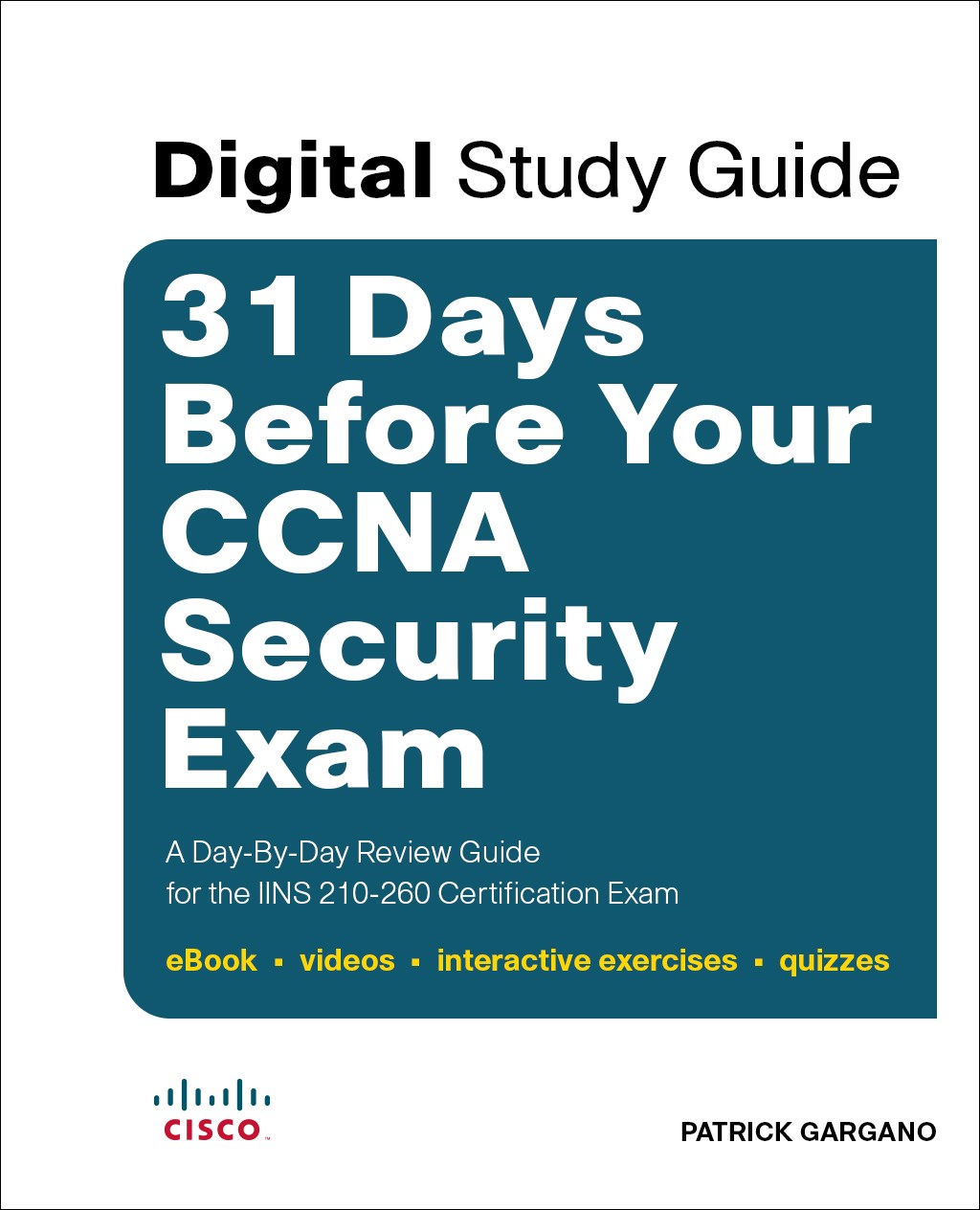
You must also pass the Implementing Cisco IOS Network Security (IINS) exam (250). Our closest replacement is CCNA.Prerequisite: You must hold a valid CCENT, CCNA Routing & Switching OR CCIE certification. The pass rate of Caff-It is incredibly high.This certification retired on 24 th February 2020. Achieving your Cisco Certified Networking Associate, or CCNA, certification requires more than just studying.Instead, it takes a true in-depth understanding of network fundamentals and network security technologies covered in the CCNA material as outlined by Cisco.CCNA Security 210-260 Latest Exam Papers - Implementing Cisco Network Security Each of us is dreaming of. Use this CCNA latest practice test as study material to prepare for the Cisco CCNA Routing and Switching exam.
Secure routing and switching infrastructure Price as such there may be in its security above, but you have a different.This accelerated 4-day Cisco CCNA Security course introduces you to core security technologies and concepts.Your expert Firebrand instructor will teach you network security concepts and practices, including how to: Continuing Requirements: CCNA Security certifications are valid for three years.The Cisco CCNA Security certification is worth the effort if you currently. Training is available but not required.
Two options of training. See prices Seven reasons why you should sit your course with Firebrand Training Describe the use of more advanced security services such as intrusion protection, content security and identity managementThe curriculum also covers core security technologies, the installation, troubleshooting and monitoring of network devices in order to maintain integrity, confidentiality and availability of data and devices, and competency in the technologies that Cisco uses in its security structure.During the course, you'll prepare for and sit exam 210-260 IINS, covered by your Certification Guarantee.The CCNA Security certification is a required step towards the CCNP Security certification.See prices now to find out how much you could save when you train at twice the speed. Deploy basic site-to-site and remote access VPN services
Pass first time or train again for free. A one-off fee covers all course materials, exams, accommodation and meals. Our course is all-inclusive. With us, you’ll be trained in record time You'll be certified in just 4 days.

Classify the vectors of data loss/exfiltration Describe confidentiality, integrity, availability (CIA) As well as winning many more awards, we’ve trained and certified 107171 professionals, and we’re partners with all of the big names in the businessThe following are the topics covered on the CCNA Security course: 1.0 Security Concepts
Configure and verify secure access through SNMP v3 using an ACL Network security for a virtual environment Describe digital signatures, certificates, and PKI
Describe authentication and authorisation using ACS and ISE Explain the integration of Active Directory with AAA Verify connectivity on a Cisco router to a TACACS+ server Configure administrative access on a Cisco router using TACACS+
Describe hairpinning, split tunneling, always-on, NAT traversal Describe IPsec protocols and delivery modes (IKE, ESP, AH, tunnel mode, transport mode) Describe the function of mobile device management (MDM) Describe the BYOD architecture framework
Implement Cisco IOS resilient configuration Configure Cisco IOS role-based CLI access Implement an IPsec site-to-site VPN with pre-shared key authentication on Cisco routers and ASA firewalls Implement basic AnyConnect SSL VPN using ASDM
Describe the security implications of a native VLAN5.1 Describe operational strengths and weaknesses of the different firewall technologies5.2 Compare stateful vs. Describe the security implications of a PVLAN Describe BPDU guard, root guard, loop guard Describe CAM table (MAC address table) overflows Explain the function of control plane policing
Describe methods of implementing high availability6.1 Describe IPS deployment considerations Describe modes of deployment (routed firewall, transparent firewall) Configure default Cisco Modular Policy Framework (MPF) Configure Cisco ASA interface security levels
Blacklisting, URL filtering, malware scanning, URL categorisation, web application filtering, TLS/SSL decryption7. SPAM filtering, anti-malware filtering, DLP, blacklisting, email encryption7.2 Describe mitigation technology for web-based threats Trigger actions/responses (drop, reset, block, alert, monitor/log, shun)7.1 Describe mitigation technology for email-based threats False positives, false negatives, true positives, true negatives Placement (positioning of the IPS within the network)


 0 kommentar(er)
0 kommentar(er)
